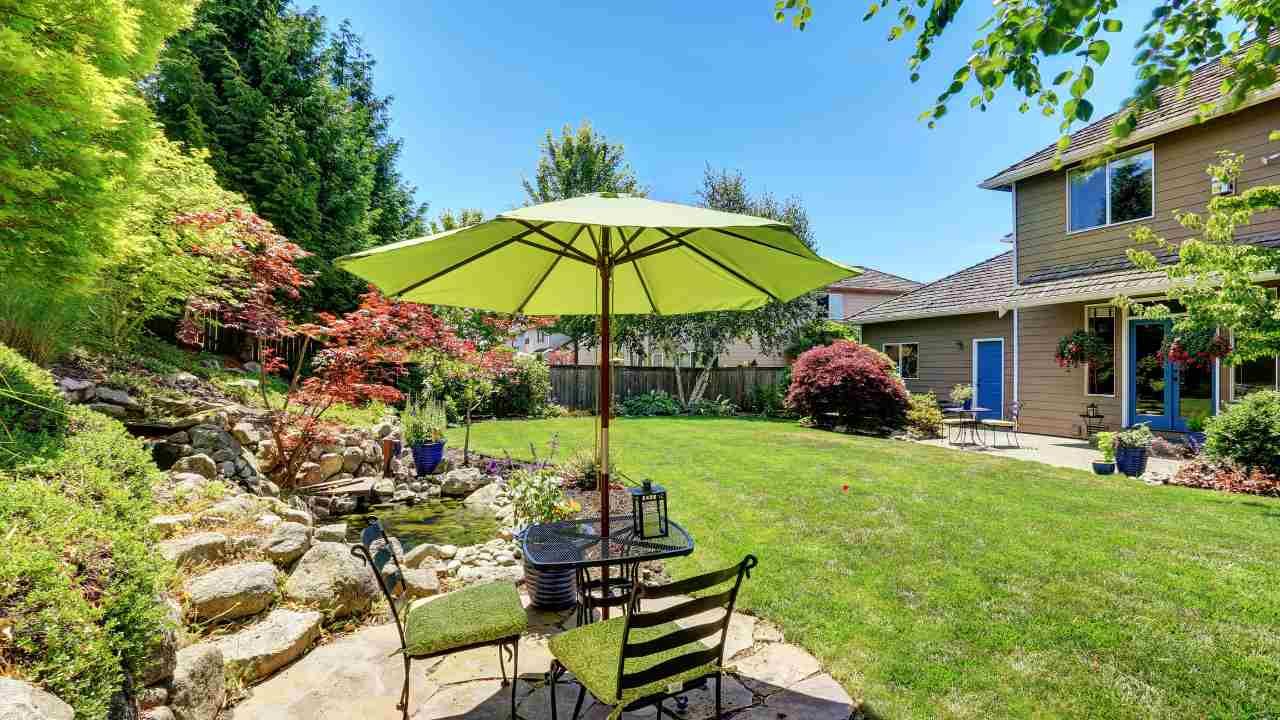Creating a Sustainable Landscape: Tips and Ideas

A sustainable landscape doesn’t just look beautiful—it thrives in harmony with the environment. More homeowners are moving away from water-thirsty lawns and high-maintenance gardens in favor of eco-friendly solutions that reduce waste, save resources, and still provide curb appeal. Whether you’re planning a small backyard upgrade or a complete outdoor overhaul, a thoughtful approach can transform your space into a green haven.
If you’re working with a professional, hiring an experienced landscaping contractor in New Haven CT like Avalanche Tree and Landscaping LLC can make the process seamless. Their knowledge of soil, plants, and climate helps ensure your landscape design aligns with sustainability goals.
Why Choose a Sustainable Landscape?
Traditional landscaping often relies heavily on pesticides, excessive water, and non-native plants that struggle in local climates. Sustainable landscaping takes a different route, focusing on practices that:
- Conserve water through smart irrigation and drought-tolerant plants
- Reduce chemical use by prioritizing natural fertilizers and pest control
- Support biodiversity with pollinator-friendly flowers and native trees
- Lower maintenance needs, saving you both time and money
The result is a yard that isn’t just pretty to look at but also contributes positively to the local ecosystem.
Smart Plant Selection
The heart of sustainable landscape design lies in choosing the right plants. Native plants are naturally adapted to the local soil and weather, which means they thrive with less intervention. They’re also critical for pollinators like bees and butterflies, helping to maintain ecological balance. Mixing in perennial plants can also reduce the need for replanting each year, cutting down on waste.
If you want vibrant greenery without constant watering, opt for drought-resistant species. Ornamental grasses, sedum, and lavender are excellent choices for both beauty and durability. A landscaping professional can help you balance aesthetics with sustainability so your yard looks lush while requiring fewer resources.
Water-Wise Landscaping
Water is one of the most significant resources consumed by traditional lawns. With sustainability in mind, there are several ways to reduce water usage:
- Drip irrigation systems: These deliver water directly to plant roots, minimizing evaporation.
- Rain barrels: Collecting rainwater provides a free, eco-friendly source for your garden.
- Mulching: A thick layer of mulch helps soil retain moisture and reduces the need for frequent watering.
- Lawn alternatives: Replacing part of your lawn with ground cover plants or stone pathways decreases overall water demand.
Together, these strategies help create a landscape that’s not only efficient but also resilient during dry spells.
Eco-Friendly Hardscaping
Hardscaping refers to the non-living elements of your yard, such as patios, pathways, and retaining walls. Sustainable hardscaping uses materials and layouts that complement the environment. For example, permeable pavers allow rainwater to soak into the soil instead of running off into storm drains. Reclaimed or locally sourced stone and wood reduce the carbon footprint of your project.
Strategic placement of hardscaping features can also support sustainability. A stone patio in the right location can absorb heat during the day and release it at night, helping regulate temperature around your home.
A Real-Life Example
Consider a family who wanted a backyard retreat but didn’t want the hassle of constant upkeep. By integrating drought-tolerant plants, a drip irrigation system, and a patio made of permeable pavers, their yard transformed into a sustainable sanctuary. Their new space not only reduced water bills but also attracted butterflies and birds, creating an outdoor environment that felt alive and welcoming.
Bringing It All Together
Sustainability in landscaping isn’t about sacrifice—it’s about making smarter choices that benefit both you and the environment. With the right planning and professional guidance, you can achieve a landscape that conserves resources, supports local wildlife, and looks stunning year-round.
Ready to take the next step? Reach out to a trusted landscaping expert who can bring your vision to life with eco-friendly solutions.

